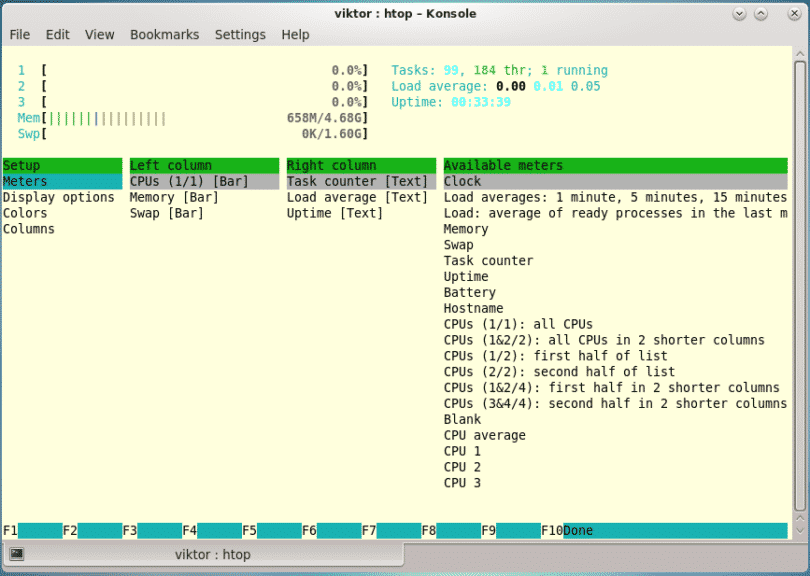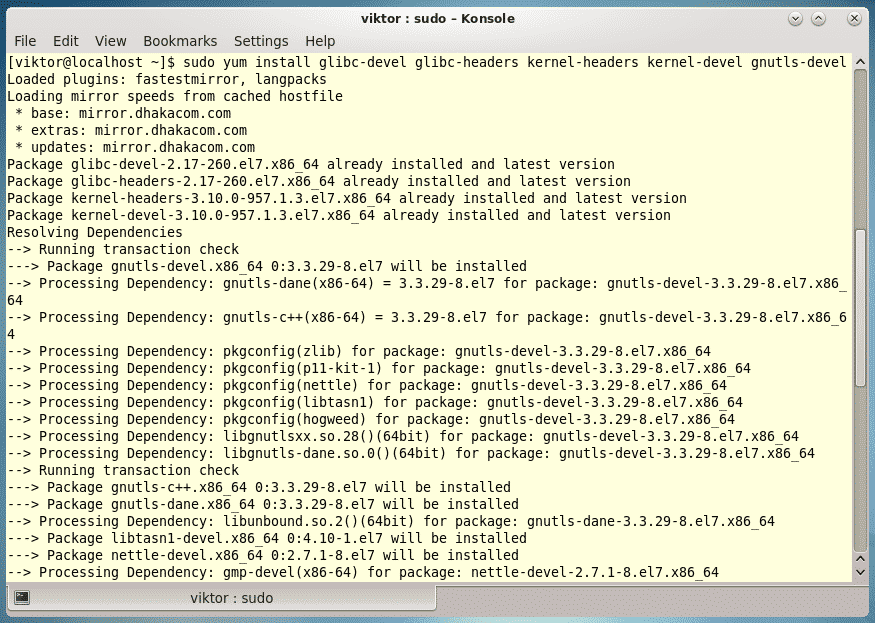
This tiny measurement as in comparison with it most well-known competitor makes Alpine Linux stand out. This is the principle purpose persons are utilizing alpine linux for releasing their utility. Why is Alpine Linux well-liked?Īlpine Linux is designed for safety, simplicity and useful resource effectivity. Environments corresponding to LXDE, Mate, and so forth can be found, however are usually not absolutely supported attributable to some dependencies. Older variations used Xfce4, however now, all GUI and graphical interfaces are neighborhood contributed. It permits very small Linux containers, round 8 MB in measurement, whereas a minimal set up to disk may be round 130 MB.Īlpine Linux has no official desktop. Is Alpine an OS?Īlpine Linux will be put in as a run-from-RAM working system. And it’s a pure selection for containers. Intrusion detection, network monitoring, and IP telephony are examples of excellent purposes for Alpine Linux. Is Alpine Linux any good?Īlpine Linux is a nice selection for any system that’s network-oriented and single-purpose. A container requires not more than 8 MB and a minimal set up to disk requires round 130 MB of storage. This makes it smaller and extra useful resource environment friendly than conventional GNU/Linux distributions. This Reddit commenter even stated they’d a 35% distinction in velocity for actual world check suites the place they run 500-700 unit assessments a day.Īlpine Linux is constructed round musl libc and busybox. He additionally talked about his Python apps have been slower too. Is Alpine sooner than Debian?Īnother Reddit person talked about their Node app ran 15% slower when utilizing Alpine as a base picture in comparison with Debian.
#How to install glibc on centos software#
The CentOS Project is a community-driven free software program effort targeted on delivering a strong open supply ecosystem. On the opposite hand, Centos is detailed as “The Community ENTerprise Operating System”. Is Alpine primarily based on CentOS?Īlpine Linux is a security-oriented, light-weight Linux distribution primarily based on musl libc and busybox. Also nicely know for huge use in embedded devices and as a base system for a lot of enterprise routers. Famous due to its small measurement, it’s closely used in containers.

It operates on bare-metal hardware, in a VM and even on a Raspberry Pi.Īlpine Linux has one of many quickest boot instances of any working system. What sort of Linux is Alpine?Īlpine Linux is a small, security-oriented, light-weight Linux distribution primarily based on the musl libc library and BusyBox utilities platform as an alternative of GNU. Debian programs presently use the Linux kernel or the FreeBSD kernel. What is Debian? The Universal Operating System.
#How to install glibc on centos how to#
As for how to tell what version the DVD is, I'm guessing if you boot from it, it will say RHEL 6 Beta or something on the splash screen.Alpine Linux is a security-oriented, light-weight Linux distribution primarily based on musl libc and busybox. I'm guessing you're on 6.0 since the version of glibc currently installed is from November 2010 (you should look in to upgrading to 6.3 at some point).



If you really want the DVD method, you'll need to get a DVD that matches the RHEL 6 release you have installed.Ĭat /etc/redhat-release will tell you what version of RHEL you're running. In general, installing through yum is preferred over the DVD since yum will automatically fetch the latest RPMs whereas the DVD might have an older version that has some bugs. If you're just trying to install gcc, you can run yum install gcc to get GCC 4.4.x. Is it possible you initially installed from the 6-beta DVD but have upgraded to a newer RHEL release since then? If so, you really can't use the packages from an older RHEL DVD. All of the CentOS src.rpms for 6.0 to 6.3 are glic 2.12 so the final release has always had 2.12. I really can't find a definitive source that says what the 6-Beta had but find mentions of 2.11 on 6-Beta around the web like here and here. It looks like RHEL 6 has always had glibc 2.12 but the beta release had glibc 2.11. Is it possible you're using a RHEL 6-Beta DVD on a RHEL 6.0 system?


 0 kommentar(er)
0 kommentar(er)
